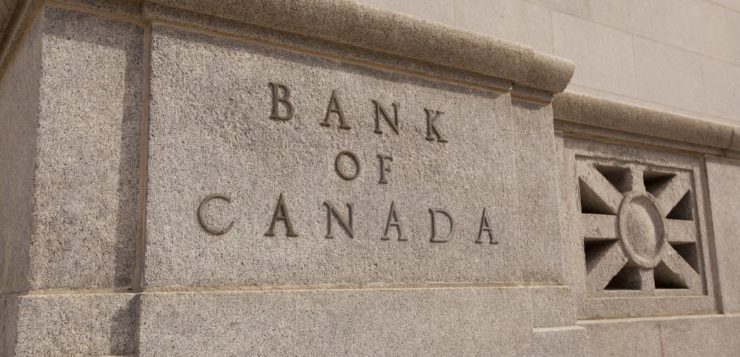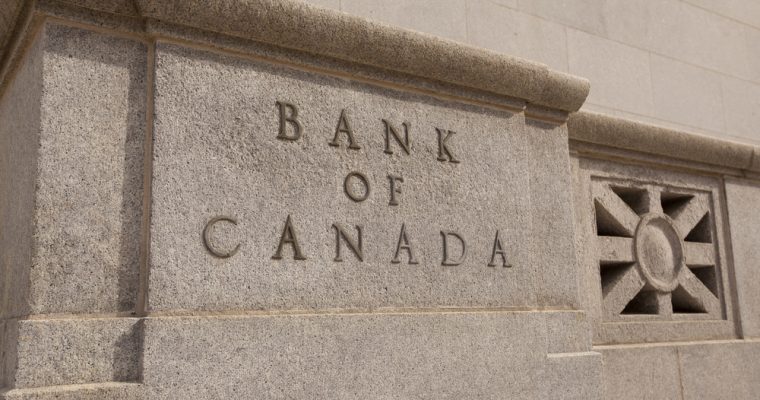An experiment conducted by Canada’s central bank in conjunction with the country’s payments system, a stock exchange operator, a distributed ledger technology (DLT) firm and a global consulting and professional services firm has demonstrated that it is possible to clear and settle securities efficiently and cost-effectively using blockchain technology.
In the trial, the Bank of Canada in partnership with payments system organization Payments Canada, stock exchange operator TMX Group, global consulting firm Accenture and blockchain firm R3 demonstrated the feasibility of an integrated DLT-based securities and payment settlement platform.
https://twitter.com/inside_r3/status/1054787035674877952
Proof of Concept
The experiment, which was conducted during the third phase of Project Jasper, involved exploring how the settlement of securities and payment interacted on a private blockchain. This required developing and testing a Proof of Concept (POC) system which was linked to the market infrastructures that already exist.
“The POC intended to bring together securities and cash ledgers for CDSX [Canada’s clearing and settlement system for securities] and participants in Payments Canada’s Large Value Transfer System (LVTS) to facilitate daily consolidated cash reporting and Canadian-dollar settlement of CDSX obligations,” noted the five organizations in a report titled ‘Jasper Phase III: Securities Settlement Using Distributed Ledger Technology’.
Jasper Phase III’s PoC solution was developed on distributed ledger technology of Corda specifically version 2.0. Cash and securities were brought on the ledger by issuing digital depository receipts with the Bank of Canada being responsible for the former and the Canadian Depository for Securities catering for the latter.
Reduction of Expenses and Enhancement of Efficiency
This allowed participants in the proof of concept test to settle the simulated securities against the simulated central bank funds on the blockchain. Equity, as well as cash, could be redeemed following their transfer since settlements enjoyed irrevocability.
From the PoC it was observed that not only was it possible to reduce counterparty risk but that collateral could be freed up without sacrificing the privacy of the participants as well as their transactions. However, more comprehensive studies will be required in order to more reliably determine the efficiency gains and cost savings accruing from using DLT.
“DLT is a promising technology that has the potential to reduce costs for participants and open new opportunities,” said Bank of Canada’s Director, Scott Hendry, in a statement. “Phase III of Project Jasper gave us the opportunity to test the technology further, and work remains to be done to determine how it can be set up to maximize the benefits for the whole financial system.”
Featured image from Shutterstock.
Follow us on Telegram or subscribe to our newsletter here.







